How to Create Split Screen Effect in iMovie: Step-by-Step Guide
Sometimes, showing two videos simultaneously can enhance your storytelling—whether you’re crafting a reaction video, a comparison, or narrating a story from two perspectives. This technique, known as a split screen, divides the screen into two parts, each displaying a different video. Once you know where to look, it’s quite straightforward to achieve in iMovie. Whether you’re working on a school project, a YouTube video, or just experimenting, mastering this trick will add a professional touch to your videos.
Getting Your Clips Ready for Split Screen
Before you dive into creating the split screen effect, it’s crucial to organize your clips. Start by opening iMovie and creating a new project by clicking the “+” sign and selecting “Movie.” Next, import the two video clips you want to use. You can drag and drop them into your project media area or click the “Import Media” button.
After importing both clips, drag your primary clip to the timeline as your foundation. Then, place your second clip on top of the first one in the timeline. This stacking is essential because iMovie requires both videos to be layered this way to apply the split screen effect.
Before proceeding, ensure your clips are trimmed and ready for use. If one clip is too long or too short, click and drag the edges to adjust the length, ensuring both clips are aligned for a smoother final video.
Applying the Split Screen Effect
With your clips stacked in the timeline, it’s time to apply the split screen effect. Click on the top clip to select it. Once selected, you’ll see various video editing options above the viewer window. Look for the button resembling two rectangles side by side—this is the “Video Overlay Setting.” Click it.

From the dropdown menu, choose “Split Screen.” Instantly, your two clips will be displayed side by side in the preview window. iMovie automatically divides the screen evenly between the videos.
After selecting split screen, you’ll have a few more options. Decide if you want the split to be horizontal or vertical. Horizontal places one video on top and the other on the bottom, while vertical positions them side by side. For the classic “side-by-side” look, choose vertical.
You can also adjust the split’s position by dragging the line between the two clips. This is useful if you want one clip to occupy more space than the other. iMovie also lets you select whether to have a soft border or a hard line between the videos. Experiment with these options until you achieve the desired look.
Adjusting and Fine-Tuning Your Split Screen
Once you’ve set up your split screen, you might notice a few areas needing adjustment. Perhaps one clip doesn’t align perfectly with the other, or the audio from both videos plays simultaneously, creating a messy sound. These details are easy to fix and can significantly enhance your video.
First, consider the audio. If you want only one video’s sound, select the clip you don’t want to hear and lower its volume by dragging the volume line to zero. This ensures that only the important audio is present in the final video.
If your videos aren’t synchronized, such as when someone speaks in one clip but not in the other, adjust the clips in the timeline. Click and drag clips to shift their starting points so actions occur at the right time on both sides.
You might also want to add a transition effect when the split screen appears. Instead of having the videos abruptly pop onto the screen, you can make them slide into place or fade in. Apply transition effects in iMovie at the beginning of the clips for a more polished and professional feel.
Another minor tweak involves color matching. If the lighting differs between your two clips, it can be distracting. iMovie’s “Color Match” tool helps make the clips look more similar. Select your clip, click the color balance button above the viewer, and choose “Match Color.” Then click a part of the other clip that looks good, and iMovie will automatically adjust the colors to match them better.
Exporting Your Finished Split Screen Video
Once satisfied with the video’s appearance and sound, it’s time to save your work. Play your video a few times to ensure everything is aligned and free of mistakes. Look out for awkward cuts, sound issues, or clips ending too early or late. Fix any discrepancies before exporting.

When ready, click the small square with an arrow at the top right corner of iMovie—the “Share” button. Choose “File” to save the video to your computer. A settings box will appear, allowing you to select the resolution and quality. For most projects, 1080p with high quality is ideal. Name your file and choose a folder to save it in.
Click “Next,” then “Save,” and iMovie will create your final video. Depending on the video’s length and your computer’s performance, this process might take a few minutes. Once completed, you’ll have a clean, side-by-side split-screen video ready for upload, sharing, or personal use.
Before uploading to platforms like YouTube or Instagram, check their video size and format requirements. However, iMovie’s default settings usually suffice for most uses.
Conclusion
Creating a split-screen video in iMovie may seem challenging at first, but it’s quite simple when broken down into steps. Start by preparing your clips, use the video overlay settings to create the split-screen effect, and fine- tune everything for optimal appearance and sound. This technique allows you to tell two sides of a story simultaneously, and once learned, you’ll find yourself using it frequently in your videos.
Related Articles
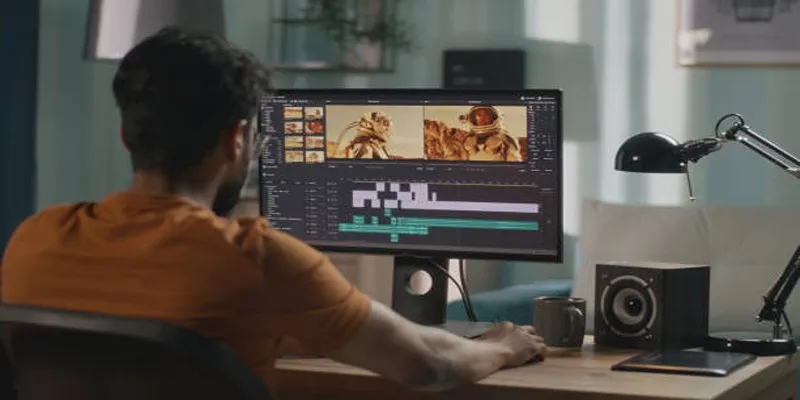
Top 5 Split Screen Video Editors for Windows 10 and Mac Users
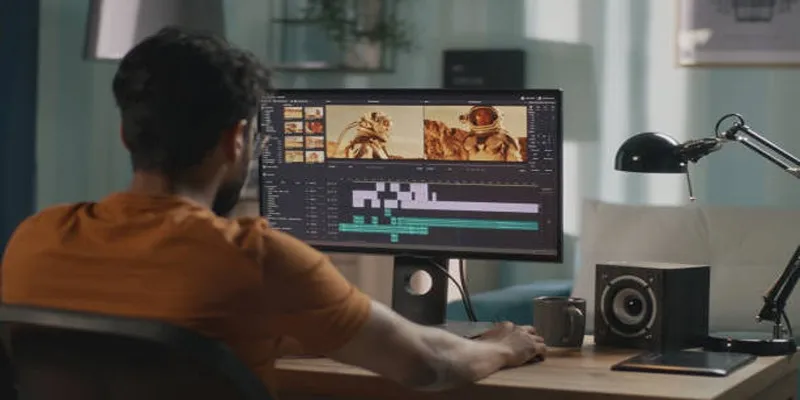
A Step-by-Step Guide to Quickly Combine Video Clips in iMovie

Top 8 Screen Recorder Apps for Effortless Video Recording
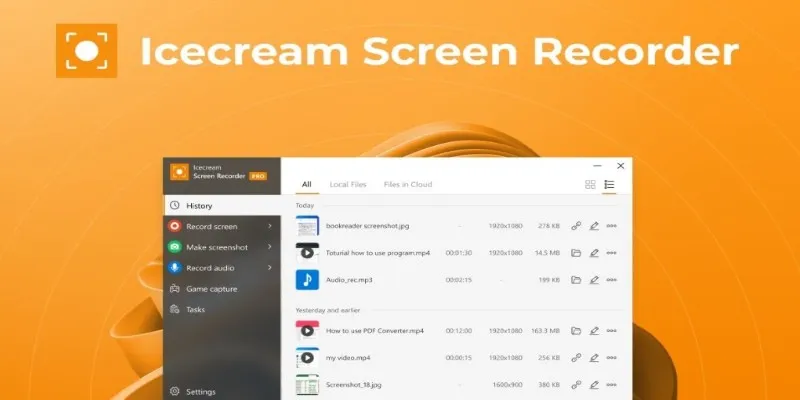
Icecream Screen Recorder Review: Features, Pricing & Alternatives

Mastering iMovie: Quick, Clean Video Editing for Every Apple Device

Free Online Screen Recorders with Simple and Fast Export Options

2025's Top Screen Recording App Review: iTop Screen Recorder
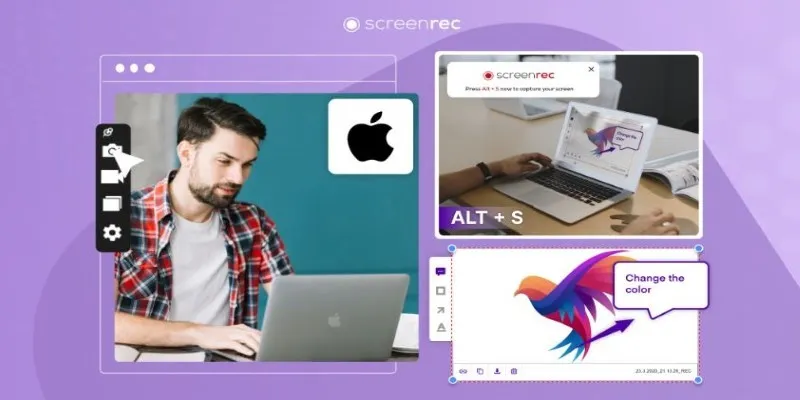
Lag-Free Screen Recording on Mac: 5 Tools You Need
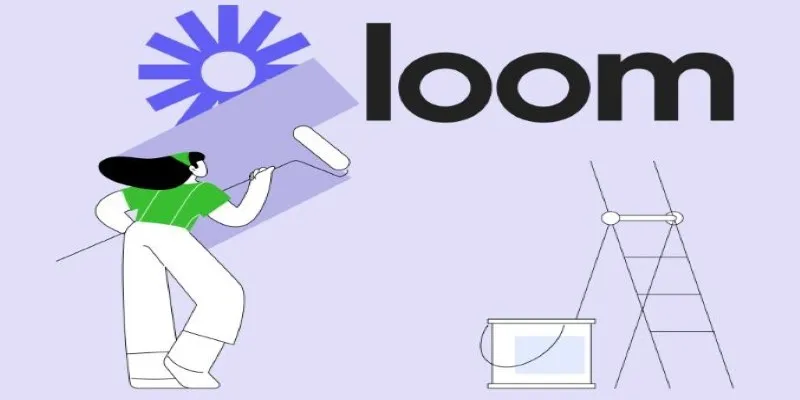
Offline Loom Alternatives: The Best 5 Tools for Screen Recording

Record Your Screen: 10 Best GIF Creator Tools

Free Online Screen Recorders with Simple and Fast Export Options

Offline Loom Alternatives: The Best 5 Tools for Screen Recording
Popular Articles

A Simple Guide to Adding Autocomplete for Address Fields in WordPress

Capture Gameplay Smoothly: 5 Great ShadowPlay Alternatives

How to Change Aspect Ratio in iMovie Across Devices

GitHub vs GitLab vs BitBucket: A Comprehensive Breakdown

Simple Steps to Play MTS/M2TS/TS Files on iPhone 5 or Mac
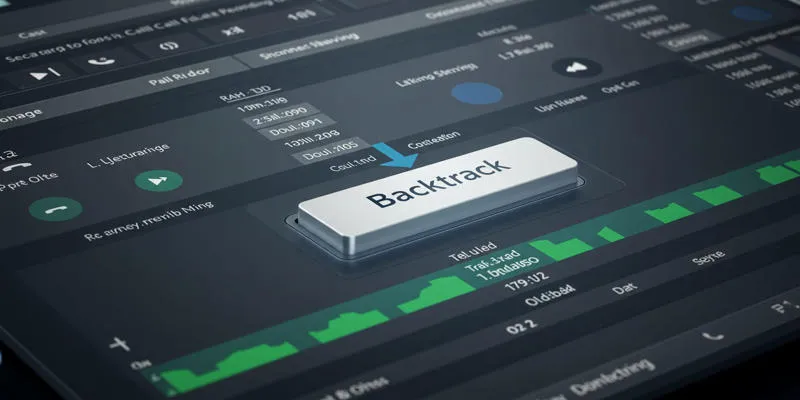
Archiving Backtrack Call Recordings Automatically
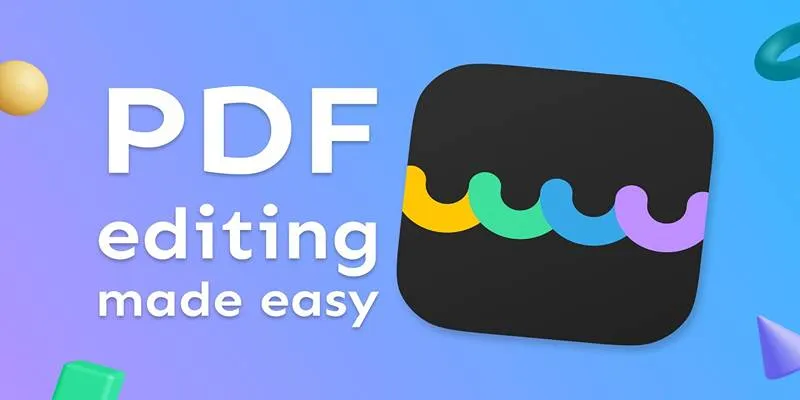
The Best 5 PDF Editing Tools Compared for Fast and Easy File Changes

How to Build a LinkedIn Marketing Strategy from Scratch: A Step-by-Step Guide

Top Trello Alternatives to Try in 2025 for Better Project Management
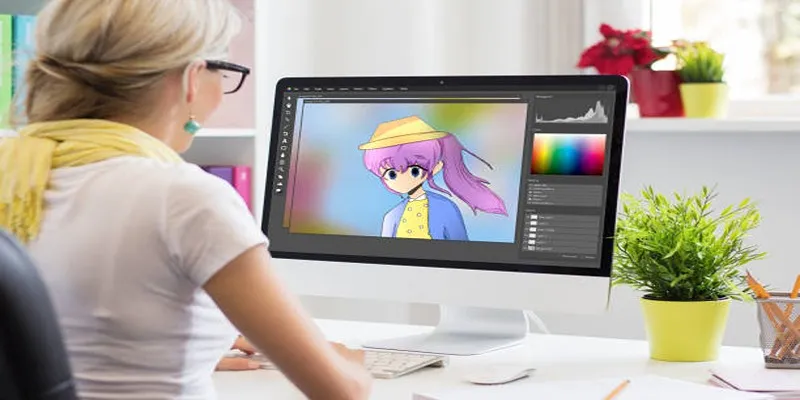
What Is AMV: A Beginner's Guide to Anime Music Videos

Top Tools and Techniques to Auto-Create Tasks From Scheduled Events
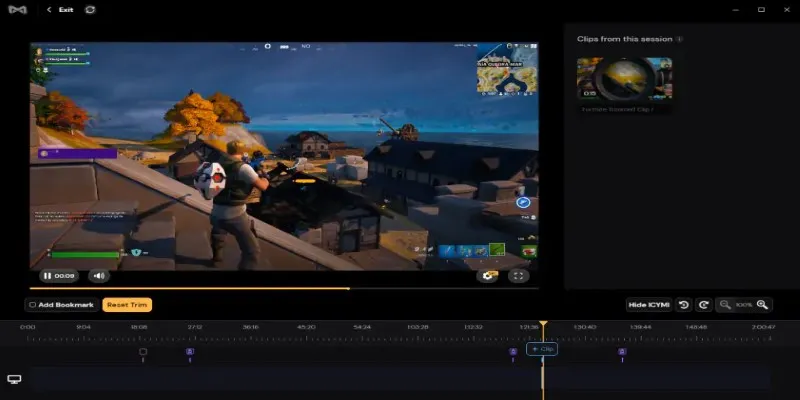
 mww2
mww2